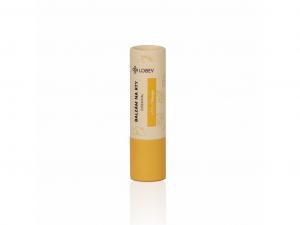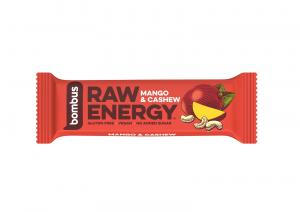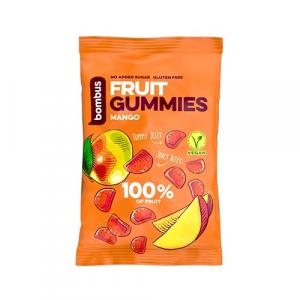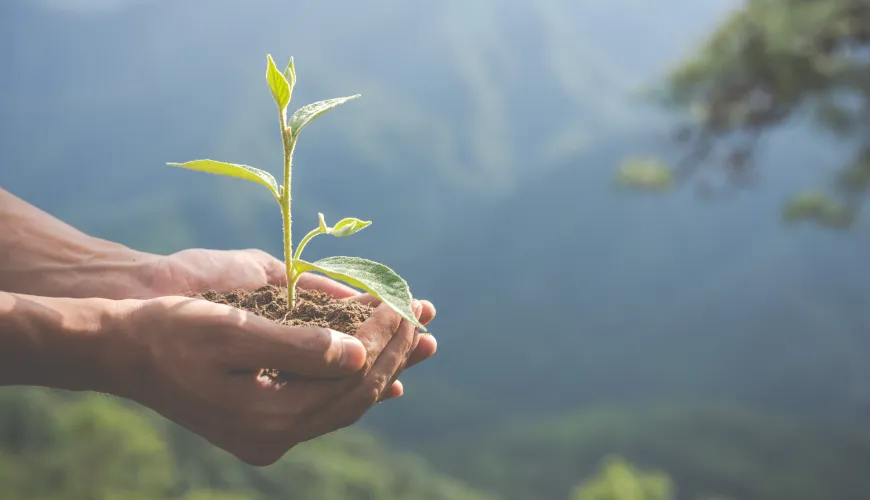
Discover the Secrets to Choosing the Ripest Mango
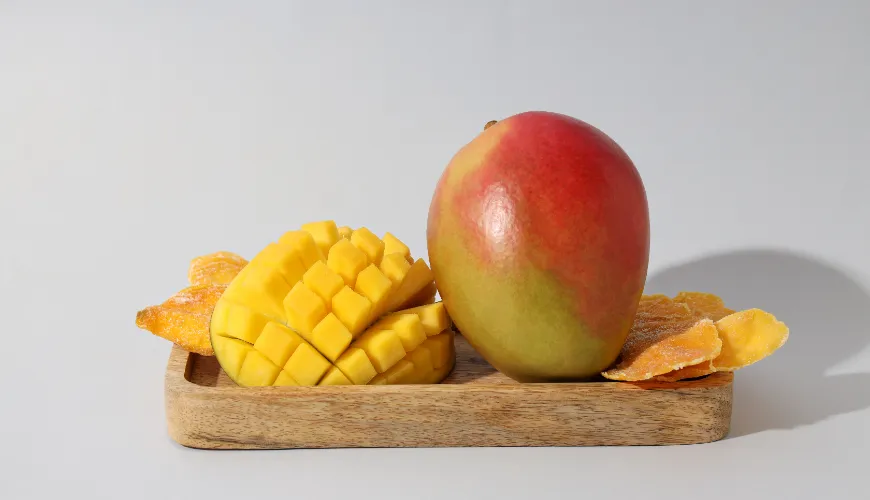
How to Recognize a Ripe Mango
Mango, known as the king of fruits, has captured the hearts of gourmets worldwide. This exotic fruit entices with its sweet taste, juicy texture, and rich aroma, making it an indispensable part of many dishes, whether in salads, desserts, or smoothies. However, not everyone knows how to recognize a ripe mango, which can lead to disappointment in the form of a hard, sour, and bland taste. If you learn to recognize a properly ripe mango, it will reward you with its full and delicious flavor that you will love.
Color That Reveals Everything
One of the simplest and most commonly used ways to recognize a ripe mango is by observing its color. A ripe mango usually boasts rich shades of orange, red, and yellow. These colors indicate that the mango has reached the optimal level of ripeness and is ready for immediate consumption. Each variety of mango can differ, some may be more yellow in their ripe state, others red, but generally, a richer color is a sign of ripeness.
However, don't be misled if you come across a green mango. Some varieties, such as the keitt, can remain green even when ripe. In this case, color may not be a reliable indicator, and you must rely on other signs like aroma and firmness.
Sweet Signal of Ripeness
Another reliable indicator of how to recognize a ripe mango is its aroma. A ripe mango has a very characteristic, sweet, and intense aroma that will immediately captivate you. You can easily detect this aroma from a short distance without having to bring the mango close to your nose. If the fruit emits almost no aroma, it is likely not yet ripe.
On the other hand, if the aroma is too strong and overwhelming, it may signal that the mango is starting to overripe. Such a mango might have a mealy texture, and the taste could be bland, which is not ideal. The ideal mango should smell sweet and fresh, which is a clear signal that its taste will be equally pleasant.
Try our natural products
Proper Consistency to the Touch
Alongside aroma, another key factor in determining the ripeness of mango is its firmness. A ripe mango is slightly soft to the touch but still maintains firmness. When you gently press it with your fingers, it should yield slightly but not squash. This gentle pressure should leave a slight imprint, indicating that the mango is ripe and ready for consumption.
If the mango is too hard to the touch, it means it is not yet ripe, and its flesh will be hard and less juicy. Conversely, if it is too soft or has soft spots on the surface, it might be overripe, and its taste may not be ideal. In such a case, the mango could spoil quickly.
The Stem
Another often overlooked but important indicator of mango ripeness is the stem, the point where the mango was attached to the branch. A ripe mango should have a dry and clean stem, without signs of rot or mold. If you notice moisture, softness, or brown spots on the stem, it may mean that the mango is starting to rot and may not be suitable for consumption.
The stem often also emits an intense aroma, which is another sign of the fruit's ripeness. If the mango smells sweet and pleasant even in this area, it is further confirmation that you have found a ripe and tasty fruit.
The Best Teacher in Choosing Mango
In conclusion, it is important to emphasize that the art of recognizing a ripe mango comes with experience. The more often you select and taste mangoes, the better you will be able to recognize all the subtle nuances that indicate mango ripeness. Don't be afraid to experiment with different varieties, as each has its specific characteristics and may differ slightly in appearance and aroma when ripe.
Mango is one of those fruits that truly deserves time and care in selection. Once you learn how to recognize a ripe mango, it will reward you with its irresistible taste that will transport you to exotic places. Whether you enjoy it on its own or incorporate it into your favorite recipes, a ripe mango is a guarantee of a culinary experience you won't soon forget.
Combination of Factors for Perfect Selection
To summarize all the mentioned tips and tricks for recognizing a ripe mango, we can say that it involves a combination of several factors. Color, aroma, firmness, and the appearance of the stem – all these aspects together create a comprehensive picture of mango ripeness. By learning to pay attention to these signs, you will be able to select the best mangoes that will enchant you with their taste and bring a piece of exoticism to your kitchen. Whether you are a beginner or an experienced mango lover, these tips will help you become a master at recognizing ripe fruits and enjoying mangoes in their most delicious form.
